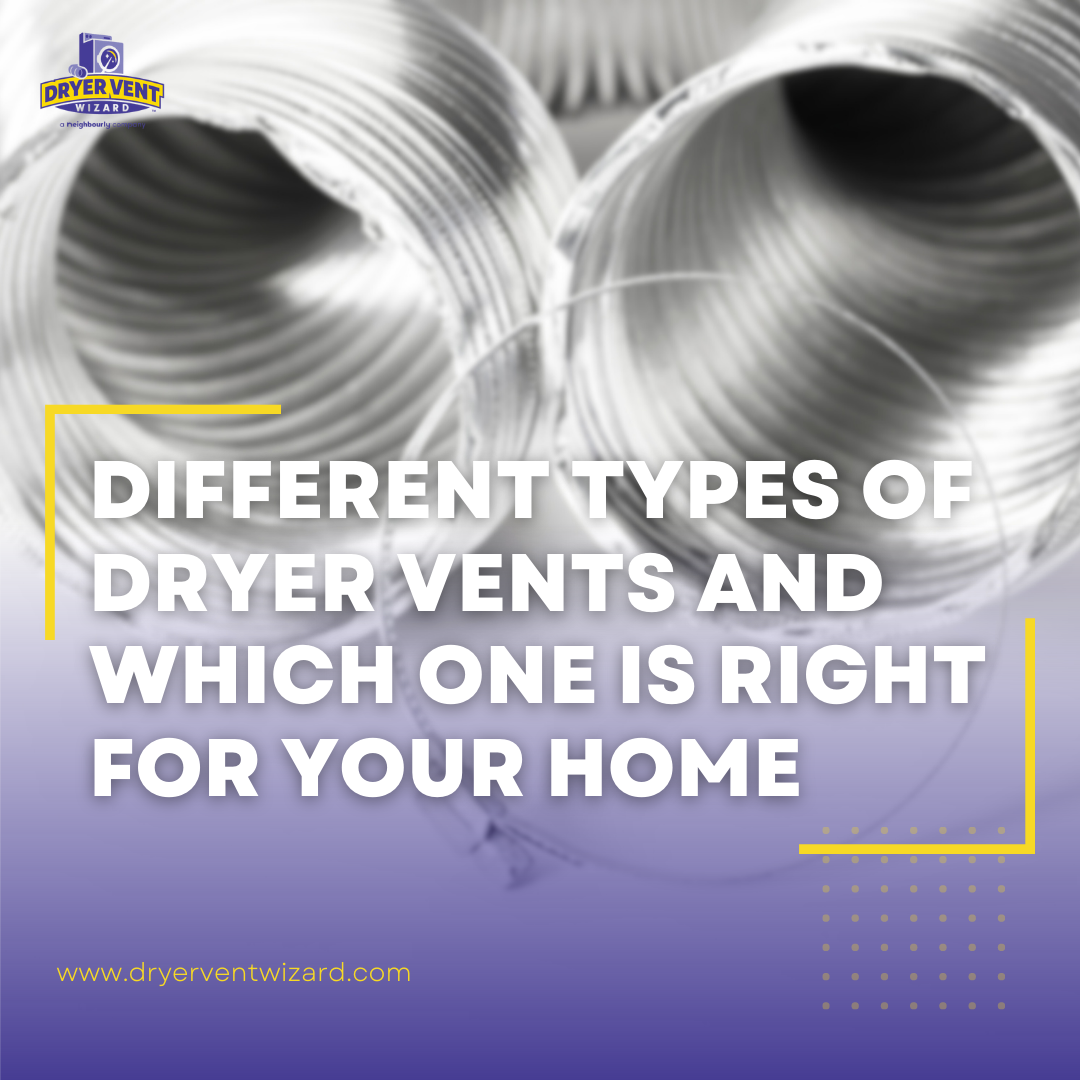
Every dryer vent manufacturer will tell you that their product is the one. This can make it difficult to determine which dryer vent is right for you. There are a lot of different dryer vents out there, each with its own advantages and disadvantages.
Which one is right for you? The good news is that you don't need to struggle through hours of research and guesswork. Here are the best types of dryer vents that you should consider adding to your home.
Metal Venting
Metal venting is the most common type of dryer vent found in homes. It is made from aluminum or galvanized steel and is relatively inexpensive. Metal venting is easy to install and maintain, making it a popular choice for homeowners.
However, metal venting is not without its drawbacks. Over time, the metal can corrode or rust, leading to air leaks and reduced efficiency. Additionally, metal venting can be a fire hazard if not installed correctly or if lint accumulates inside the vent.
Flexible Plastic Venting
Flexible plastic venting is a newer type of dryer vent that has become increasingly popular in recent years. It is made from a flexible, corrugated plastic material that is easy to install and is less expensive than metal venting.
Flexible plastic venting is also more resistant to corrosion and rust than metal venting. However, it is not as durable as metal venting and can easily become damaged or crushed, leading to air leaks and reduced efficiency. Additionally, flexible plastic venting is more prone to accumulating lint than metal venting, which can create a fire hazard.
Rigid Metal Venting
Rigid metal venting is a type of dryer vent that is made from rigid, non-flexible metal piping. It is more expensive than flexible plastic or metal venting but is more durable and resistant to damage.
Rigid metal venting is also less prone to air leaks and lint accumulation than flexible plastic venting. However, it can be more difficult to install and may require professional installation.
Semi-Rigid Metal Venting
Semi-rigid metal venting is a hybrid between flexible plastic and rigid metal venting. It is made from a semi-rigid, corrugated metal material that is more durable than flexible plastic but more flexible than rigid metal.
Semi-rigid metal venting is easy to install and is less prone to air leaks and lint accumulation than flexible plastic venting. However, it can be more expensive than flexible plastic venting and may require professional installation.
So, which type of dryer vent is right for your home? The answer depends on a variety of factors, including your budget, the layout of your home, and your personal preferences.
If you are looking for an inexpensive and easy-to-install option, metal or flexible plastic venting may be your best bet. However, if you are willing to spend more for a more durable and efficient option, rigid or semi-rigid metal venting may be a better choice.
Additionally, if you live in an older home or a home with a complex layout, you may want to consider professional installation to ensure that your dryer vent is installed correctly and safely.
Ultimately, the most important thing is to choose a dryer vent that is safe, efficient, and meets your individual needs. By understanding the different types of dryer vents available and their advantages and disadvantages, you can make an informed decision and ensure that your laundry system is running smoothly and safely.